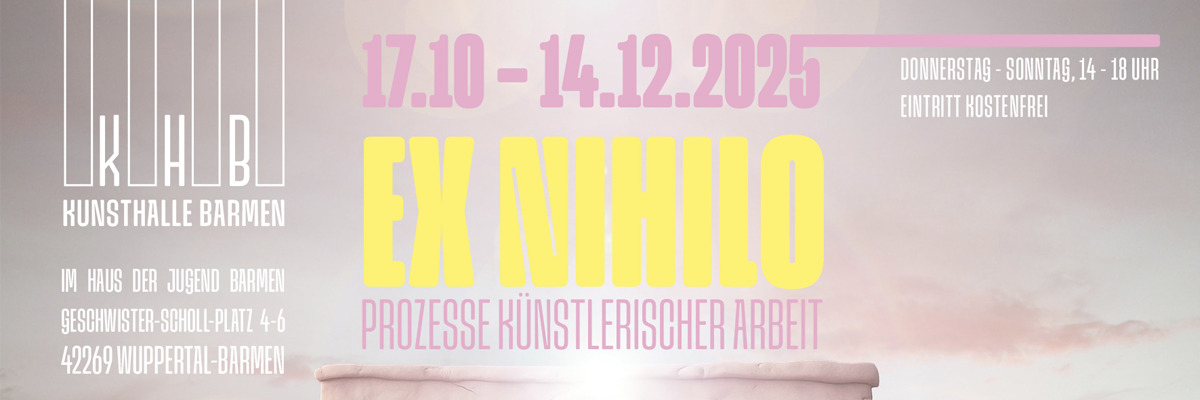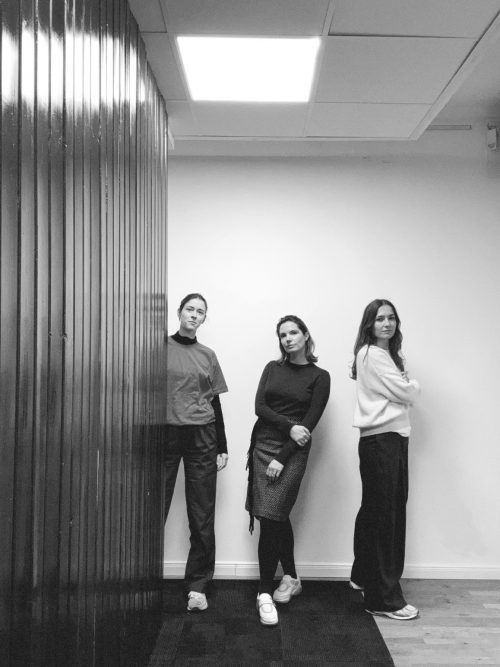
Group Show
Spooky Actions
Project Info
- 💙 nova space
- 💚 Katharina Wendler
- 🖤 Group Show
- 💜 Katharina Wendler
- 💛 Jannis Uffrecht
Share on

Installation view © nova space 2022
Advertisement
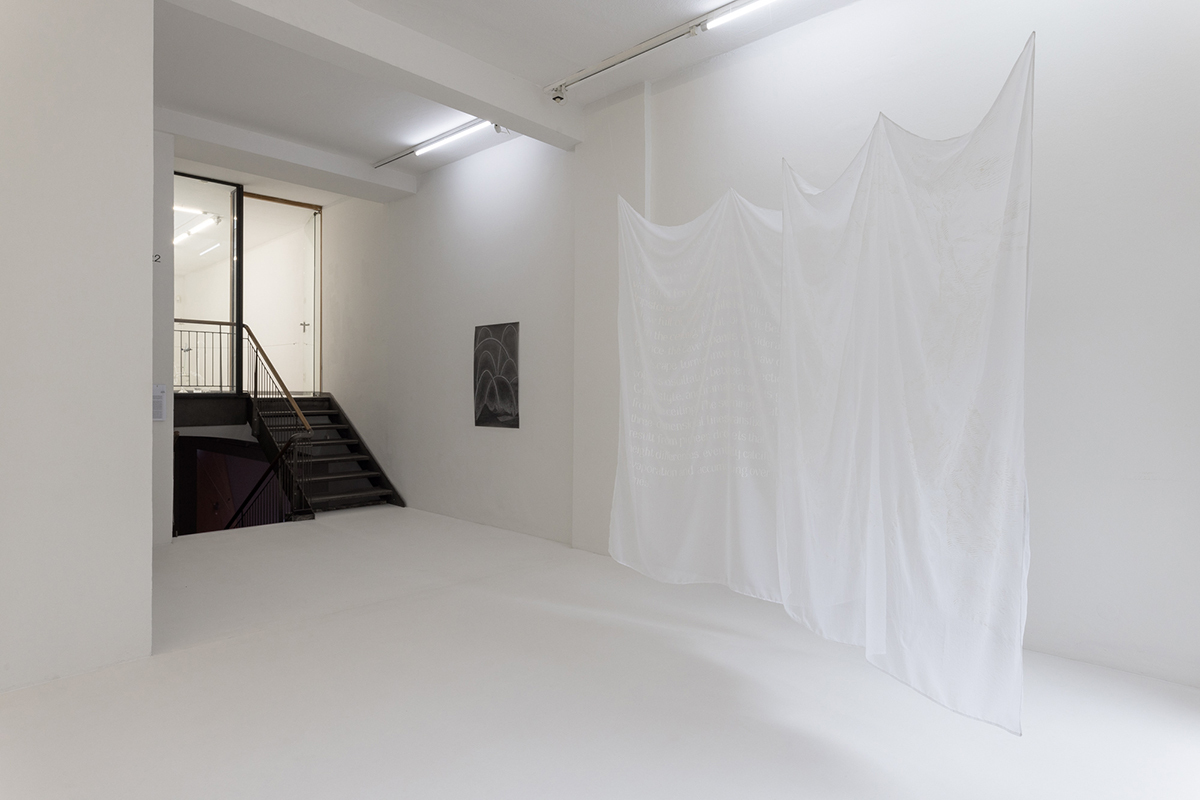
Installation view © nova space 2022
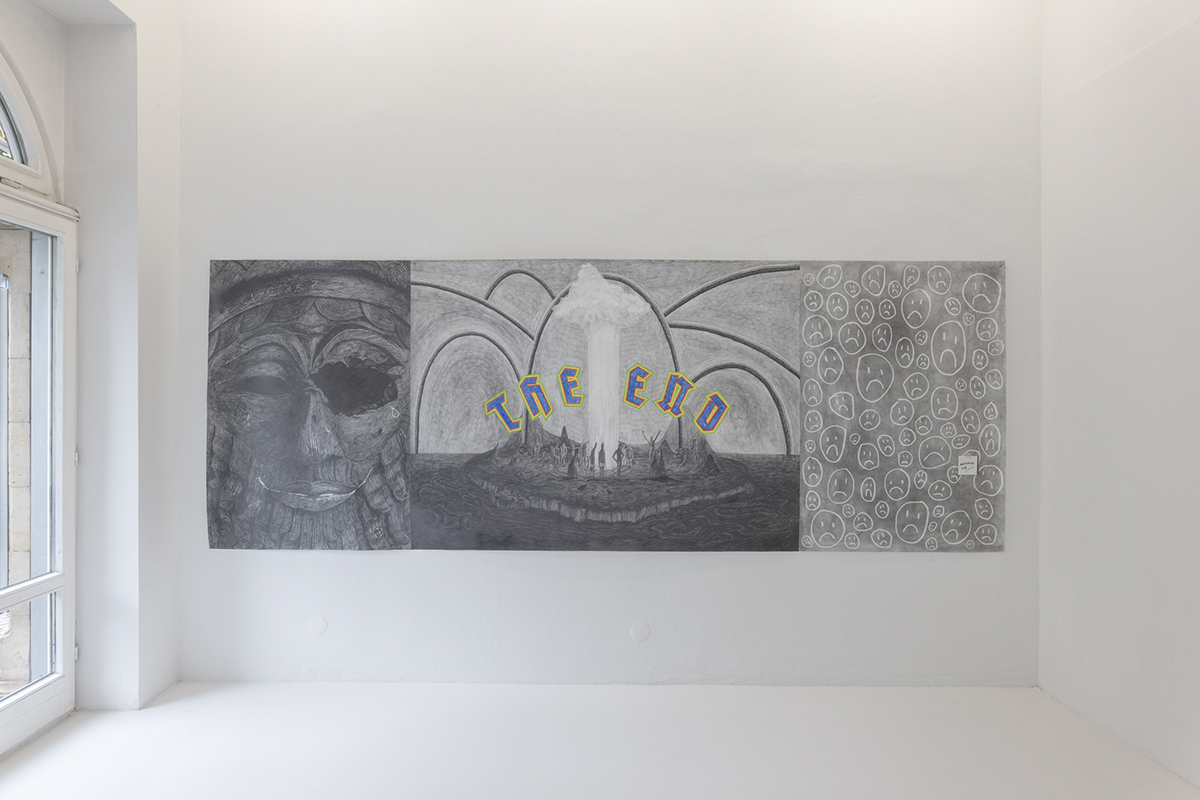
Hannes Dünnebier, Untitled (The End), 2021 © nova space 2022
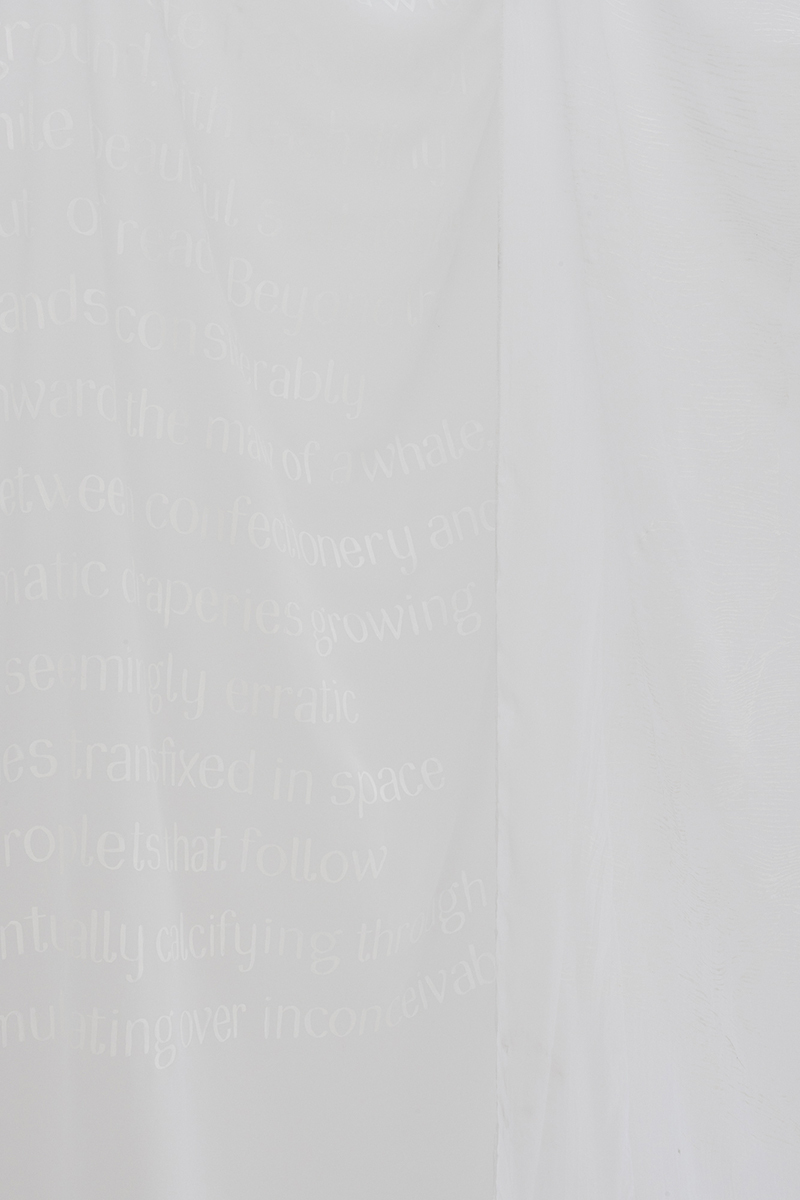
Xenia Fink, Cave, 2022 (detail) © nova space 2022
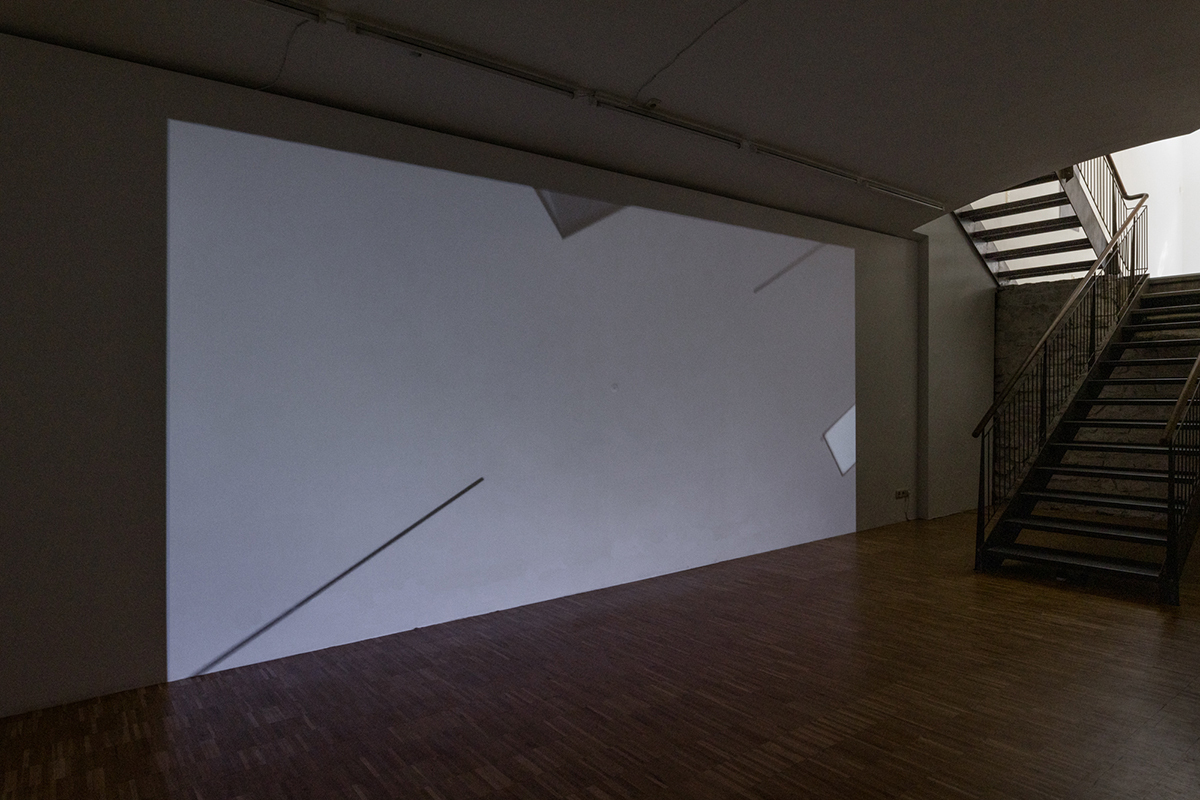
Schirin Kretschmann, We are the robots (III), 2022 © nova space 2022

Lena Trost, Smell of glass, 2022 © nova space 2022
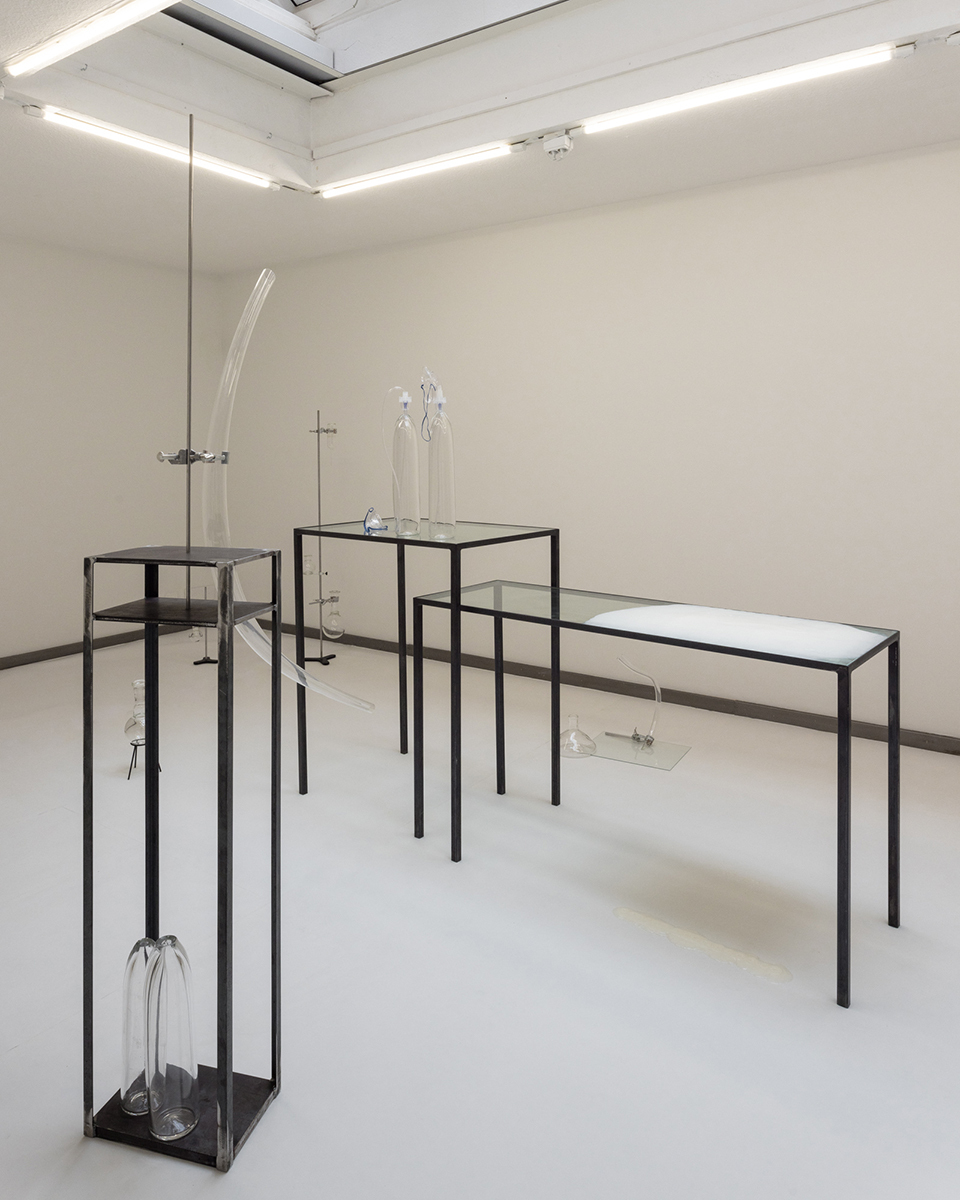
Lena Trost, Smell of glass, 2022 (detail) © nova space 2022
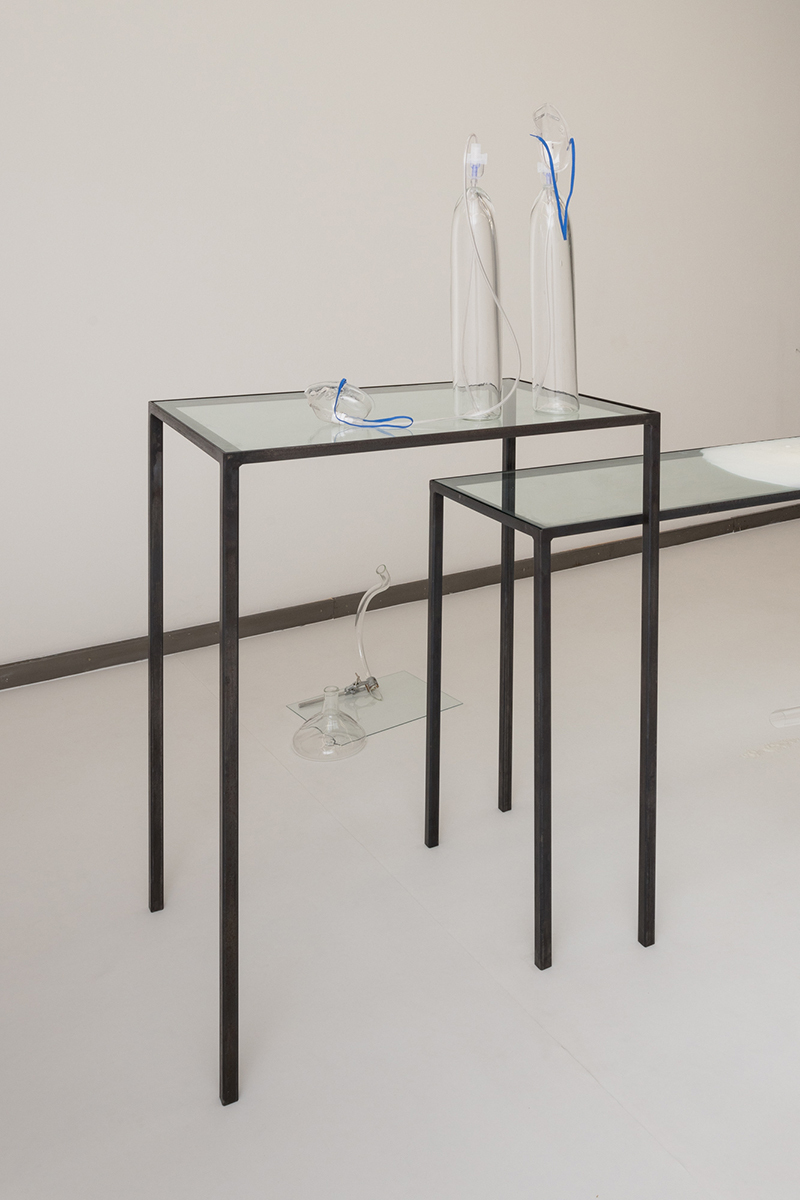
Lena Trost, Smell of glass, 2022 (detail) © nova space 2022

Lena Trost, Smell of glass, 2022 (detail) © nova space 2022

Lena Trost, Smell of glass, 2022 (detail) © nova space 2022

Installation view © nova space 2022

Yutaka Makino, Canon for cloned voice after Diana Deutsch, 2020 © nova space 2022

Yutaka Makino, Canon for cloned voice after Diana Deutsch, 2020 (detail) © nova space 2022
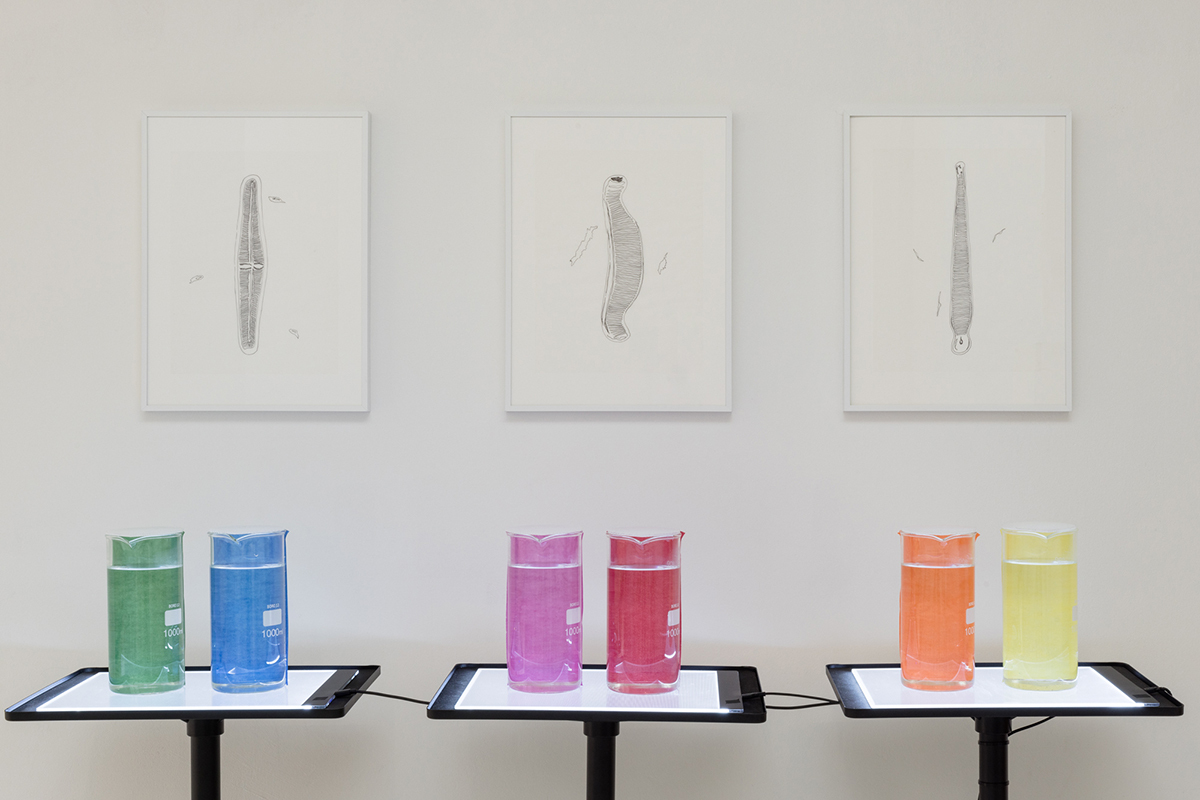
Jenny Brockmann, Energy-State-Reaction, 2021 © nova space 2022
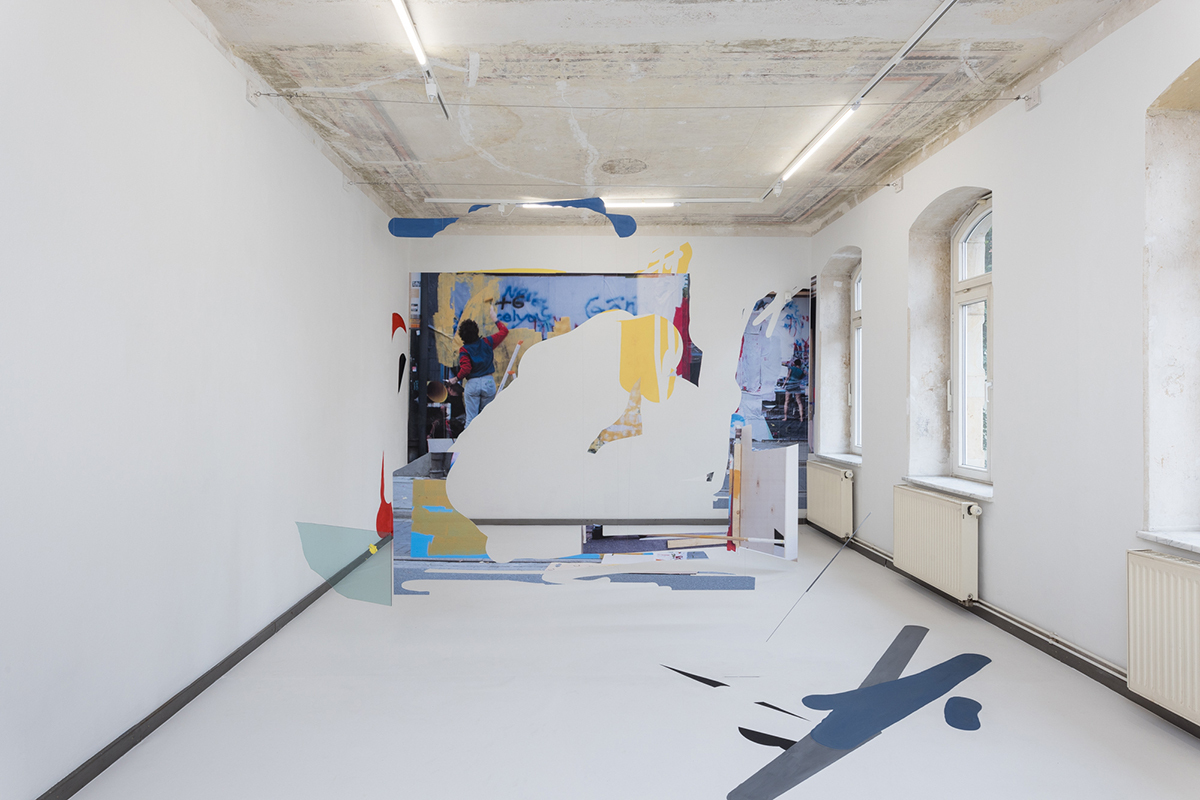
Diana Sirianni, Critical Joy: Margins and Hope, 2022 © nova space 2022
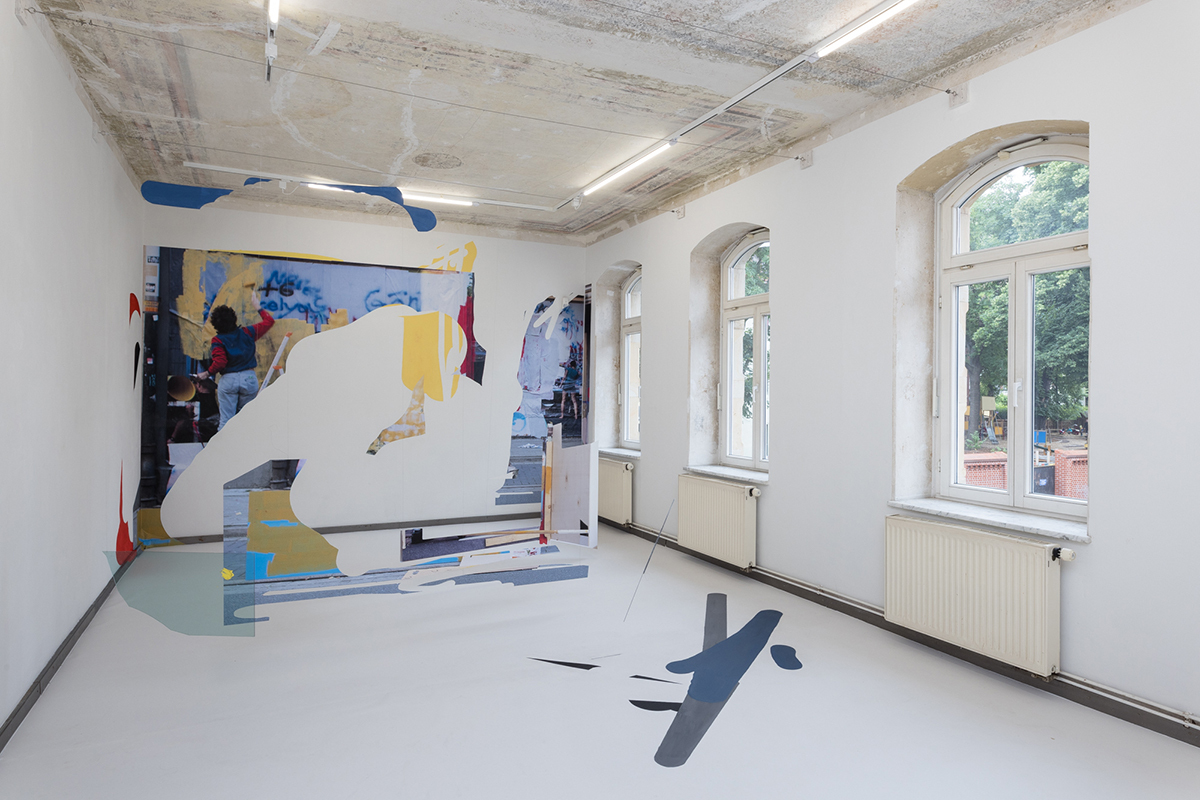
Diana Sirianni, Critical Joy: Margins and Hope, 2022 © nova space 2022
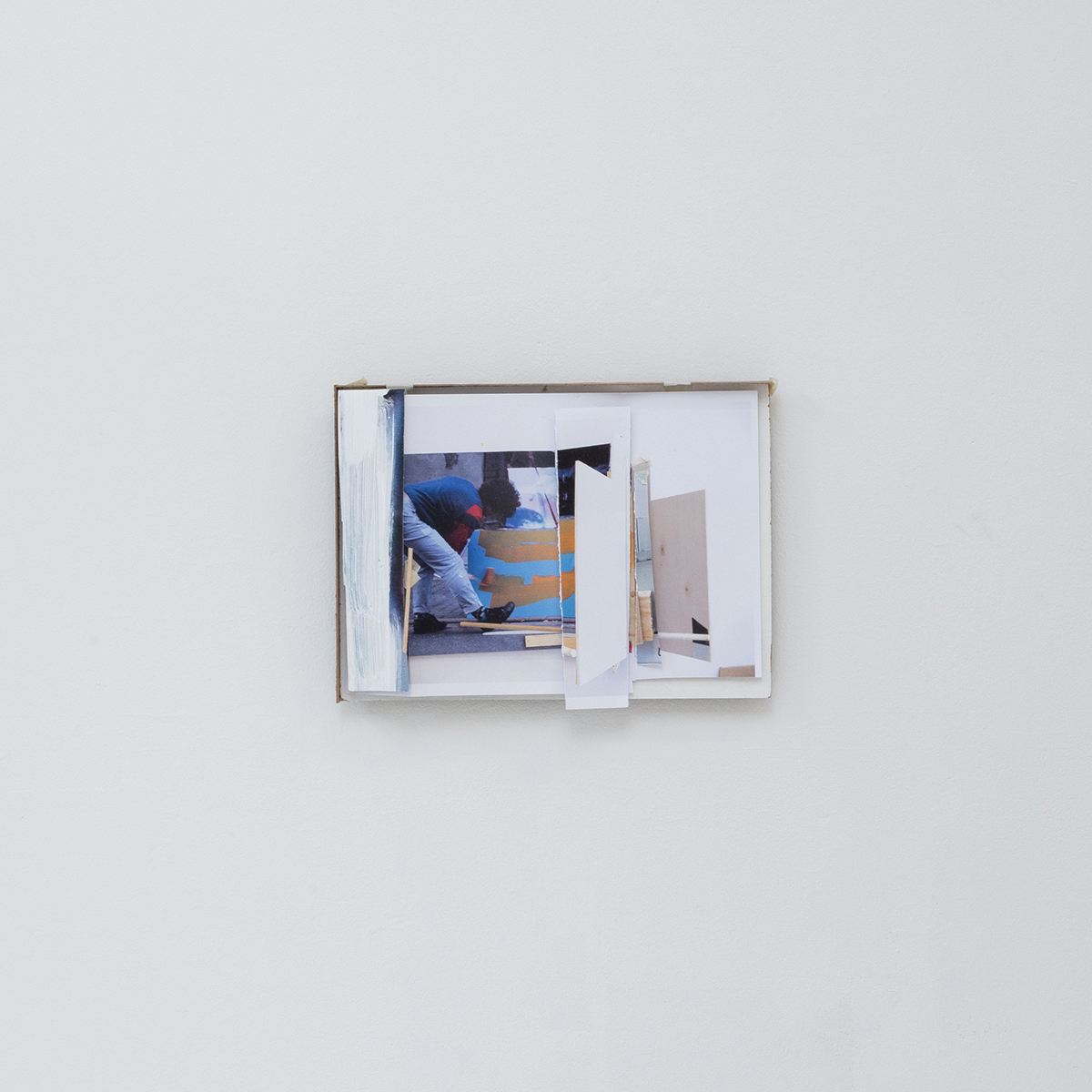
Diana Sirianni, Critical Joy. Same hope in smaller margins, 2020 © nova space 2022
Diana Sirianni, Hannes Dünnebier, Jenny Brockmann, Lena Trost, Schirin Kretschmann, Xenia Fink, Yutaka Makino
SPOOKY ACTIONS presents artworks by seven artists who combine their artistic practice with practical and/or scientific research.
The title of the exhibition is a slightly modified translation of "spooky action at a distance", a principle from quantum physics otherwise known as quantum entanglement. It describes the entanglement of particles in space, the instantaneous exchange of information about their properties (i.e. without any time delay), even over immense distances. Since Albert Einstein was able to observe the phenomenon but could not explain it with the means of his theory of relativity – which defines the speed of light as the fastest way of transmitting information – he called it "spooky action at a distance".
Based on this phenomenon, which has been scientifically researched but cannot be explained with today's rules of physics, the exhibition at nova space presents cross-media artworks that figuratively deal with temporal or spatial entanglement, that appear in several places at the same time or that pursue artistic questions with the help of scientific methods. Meanwhile, the nova space becomes a supposedly sterile laboratory in which the artists' works are put in relation to each other like experimental set-ups.
Xenia Fink’s medium is drawing. In works on paper, installations, and animations, she seeks narrative connections that arise between the works, but also in interaction with the viewers. The almost ephemeral two-part work Cave (2022) refers to the frequently drawn analogy between "woman" and "nature". The detailed drawing on one textile almost disappears into white on white and is evoked by the text on the second textile: This reproduces a fragmentary narrative devised by the artist, peppered with words of historical description of the discovery of a cave. The morphology of the cave here is an allusion to feminist art of the 1970s, which used female anatomy as a pictorial motif, drawing on the American painter Georgia O'Keefe, among others. As hidden, unknown places, caves have been explored for centuries, discovered again and again and forgotten; they are a place of danger and serve as a shelter. When they are discovered, the cavities and the stalactite formations that have developed in them over thousands of years are often named with terms that describe interiors or objects from living spaces, such as “throne room” or “armchair”, and hanging formations are described as “folds”. The interiority resonating in these comparisons contrasts with the inhospitable conditions in caves and their rugged form. At the same time, they illustrate the never-ending fascination with this object of research, which has attracted the interest of a wide variety of disciplines and even spawned its own science, speleology.
The cave is also a recurring motif in the works of Hannes Dünnebier, who creates his own universe, a counter-model to the existing world, in his large-format, often gloomy drawings. By means of fiction, he plays out the challenges of human existence, examines social marginal phenomena, norms and deviations, adaptation and refusal, faith and superstition. The conflict between ideal concepts and self-experienced reality is a recurring theme in his work. In Untitled (The End) (2021), Dünnebier deals with the failure of a utopia and draws on the Exodus story as a reference, i.e. the narrative of the rescue of the Israelites from the slavery of the Egyptian Pharaoh, which describes this theme as a "primal narrative". The drawing combines impressions from the preoccupation with this story in a kind of unrestrained retelling with the artist's personal experiences and ideas, which also include reflections on the great, fulminant "end" itself, declared here as the only element in colour. The expectation of the end becomes anticipation here, the Apocalypse a productive figure of thought and thus an essential method for critical and analytical thinking.
Lena Trost's artistic practice is situated at the interface between the ephemeral, the invisible and the corporeal, the materialised. Her interest is primarily in the sense of smell and the properties of materials that we associate with this sense. In her works, she mainly uses the odourless material glass, which, however, as she impressively demonstrates with her series Glass Tastings, can be filled with all kinds of odour-related associations, memories and emotions. For SPOOKY ACTIONS, Trost has installed an entire olfactory laboratory at nova space, which on the one hand, takes up the idea of a distillery in which perfume is produced, and on the other, refers to classic chemistry laboratories from medical research. While the laboratory stands and clamps come from the usual medical supplies, the instruments and flasks in this lab are – contrary to their actual nature – not standardised, but mouth-blown, hand-made and thus unsuitable for strictly scientific experiments. The installation Smell of Glass (2022) is part of the artist's longstanding exploration of the olfactory and especially of glass as a material. She also dedicated her PhD thesis entitled "Embodiment of the volatile. The ability to notice that a substance is present. Or: how glass becomes odor.”
Jenny Brockmann's expansive installation Energy-State-Reaction (2021) has its starting point in objects from the scientific collection of the National Museum Wales. They formed the basis for an exchange of ideas about biological research, knowledge production and the social and emotional interdependence of (rural and urban) environments and the people, animals, and plants within them. SPOOKY ACTIONS presents an excerpt from this extensive exploration, realised last year at Hearth Gallery in Cardiff and adapted for nova space in Erfurt: Metabolic Objects consists of six coloured, light-irradiated water containers that are filled to a certain percentage with water from the river Wilde Gera in Erfurt, which flows directly behind the Kunsthaus. Over the period of the exhibition, microorganisms that originate from the river water will thrive in these containers. The way the microorganisms will develop will be influenced by the coloured light. This experimental set-up is complemented by three drawings of greatly enlarged microorganisms, each of which exemplifies the species that thrive under the influence of a particular colour of light.
Yutaka Makino studied earth science, computer music and visual arts. His artistic works are to be understood as experimental set-ups that investigate perceptual processes. These works are based on research in the fields of phenomenology, experimental psychology, psychoacoustics, neuroscience, and systems theory. His performances and installations create acoustically and visually conditioned environments that make the process of hearing, seeing, etc. tangible for the viewer and trigger reflections on these processes as well as on one's own behavioural reactions. Canon for Cloned Voice after Diana Deutsch (2021) is a sound work with a vinyl record that explores the idea of a perpetual canon. Diana Deutsch's research in the field of music psychology has shown that we hear words and phrases differently based on our knowledge, beliefs, and expectations. The repetition of a single word played through two speakers wafts through the exhibition space, constantly changing and individually perceived by the audience as time progresses.
Diana Sirianni presents an expansive installation specially conceived for nova space, a walk-in, three-dimensional collage that refers to previous works in terms of time and place. The materials used are posters or photo prints, wood, metal, nylon threads, glass, and acrylic paint. The photos originate from previous paste-ups, i.e. posters in public spaces in Berlin and Hanover, which in turn have taken up motifs and materials from other earlier interventions. Using photography, Sirianni "recycles" each work directly or indirectly as material for the next work. In this way, temporal and spatial overlaps are created that become inextricably linked in her works and reappear elsewhere. This practice, which always involves construction, deconstruction, and reconstruction, is characterised by a personal but also a social memory. In it, fantastic, poetic worlds are formed, which unfold spatially and temporarily and always in direct reference to the new environment. Finally - even if the future is uncertain – they become the material for the next interaction.
Schirin Kretschmann understands her site-specific works as a practice of experimental investigations in an expanded field of basic painterly questions. Her pictorial practice is realised in a marking of places and aesthetic fields of action. The materials and procedures she brings into these situational works are diverse and designed for a process of continuous transformation and expansion. For the video work We Are The Robots (II) (2022), a vacuum-cleaning robot with a camera pointed at the ceiling travels around an area of the foyer in the new library building of the Bauhaus-Universität in Weimar, filming it from an unusual perspective. The device travels a distance, twists and turns based on an algorithm. The representative architecture of the building, which opened in 2005, can thus be experienced in a new and unconventional way; the ventilation system, fire alarm, ceiling lighting and sprinkler system become the protagonists of a structure designed for minimalism. The take from Weimar is shown as a large-scale projection in the nova space in Erfurt, merging with the architecture of the exhibition space and interlocking both local contexts.
SPOOKY ACTIONS is dedicated to the interface between art and science, between artistic practice and research, as taught in the PhD programme "Art and Design" at the Bauhaus-Universität Weimar. The exhibition was created in collaboration between nova space and the PhD programme Art and Research and is part of a comprehensive exhibition programme for this year's international SAR Conference for Artistic Research, which will be hosted by Bauhaus-Universität Weimar from 30th June to 3rd July 2022.
Katharina Wendler
